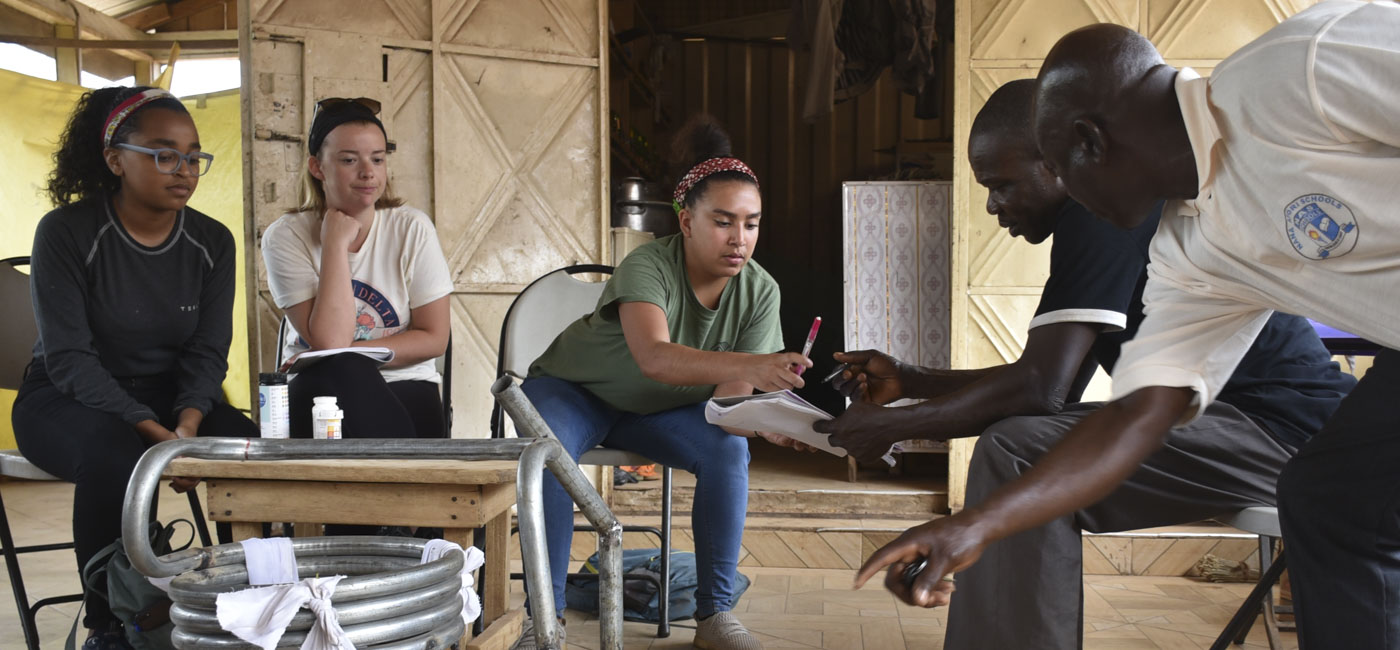Worcester Polytechnic Institute (WPI) has once again been named one of the country's best institutions for undergraduate education, according to The Princeton Review, which features WPI in its new 2015 edition of "The Best 379 Colleges."
WPI was listed as having the second "Most Popular Study Abroad Program," up from sixth place last year. Goucher College had the top spot in that category, while Dartmouth College, Union College, and Tufts University were in the top 10.
Additionally, WPI was ranked 19th in the "Students Study the Most" category. Harvey Mudd College was ranked first in that category, while California Institute of Technology, MIT and Olin College of Engineering were listed in the top 10.
Only about 15 percent of America's 2,500 four-year colleges and only four colleges outside the United States are profiled in the book, which is the Princeton Review's flagship college guide. It includes detailed profiles of the colleges with rating scores for all schools in eight categories, plus ranking lists of top 20 schools in the book in 62 categories based on the Princeton Review's surveys of 130,000 students attending the colleges.
WPI Dean of Admissions Edward J. Connor was pleased with the academic honors.
"We’re very pleased that the Princeton Review has once again recognized WPI's distinctive academic programs," he said. "These honors reflect WPI's high quality education, as well as its outstanding Global Projects Program, which enables students to have far-reaching opportunities for experiential learning at WPI's project centers worldwide."
Robert Franek, the guide's author and Princeton Review senior vice president/publisher, commended WPI, saying, "WPI offers outstanding academics, which is the chief reason we selected it for the book." Franek added that the Review bases its selections obtained in its annual institutional data surveys.
WPI students lauded the university's project-based curriculum, which gives students "the ability to work on real engineering projects around the world."
One student told the Review that the majority of WPI professors are "very engaging" and "present material in better ways then just showing PowerPoint slides one after the other." As you get into higher level classes the subjects are more focused, another student said, "almost all classes have a lab component."
WPI's distinctive interdisciplinary curriculum has been the core of its undergraduate program since the early 1970s. Unlike many colleges that offer classroom-style study-abroad programs, WPI gives students and faculty advisors the chance to get out of the classroom and tackle open-ended problems. The first project, known as the Interactive Qualifying Project and typically undertaken in a student's junior year, is a team-based effort that lies at the intersection of science, technology, social issues, and human need. In that setting, WPI students work to meet pressing local needs. Sustainability serves as a common theme for the projects, many of which address problems dealing with energy, the environment, sustainable development, education, cultural preservation, and technology policy.
Students have the opportunity to apply to more than 40 project centers, which are located in cities worldwide. In the United States, WPI has project center sites in such cities as Worcester and Boston; Washington, D.C.; and Santa Fe, N.M. International project sites include locations such as London, England; Venice, Italy; Cape Town, South Africa; Wellington, New Zealand; Moscow, Russia; Mandi, India, and Tirana, Albania.
Connor added that projects give students a well-rounded college experience. "Projects at WPI come as close to professional experience as a college program can possibly achieve," he said. "As a result of these experiences, students develop vital work and life skills that will serve them well for the rest of their lives."
To view the complete list, visit The Princeton Review.




